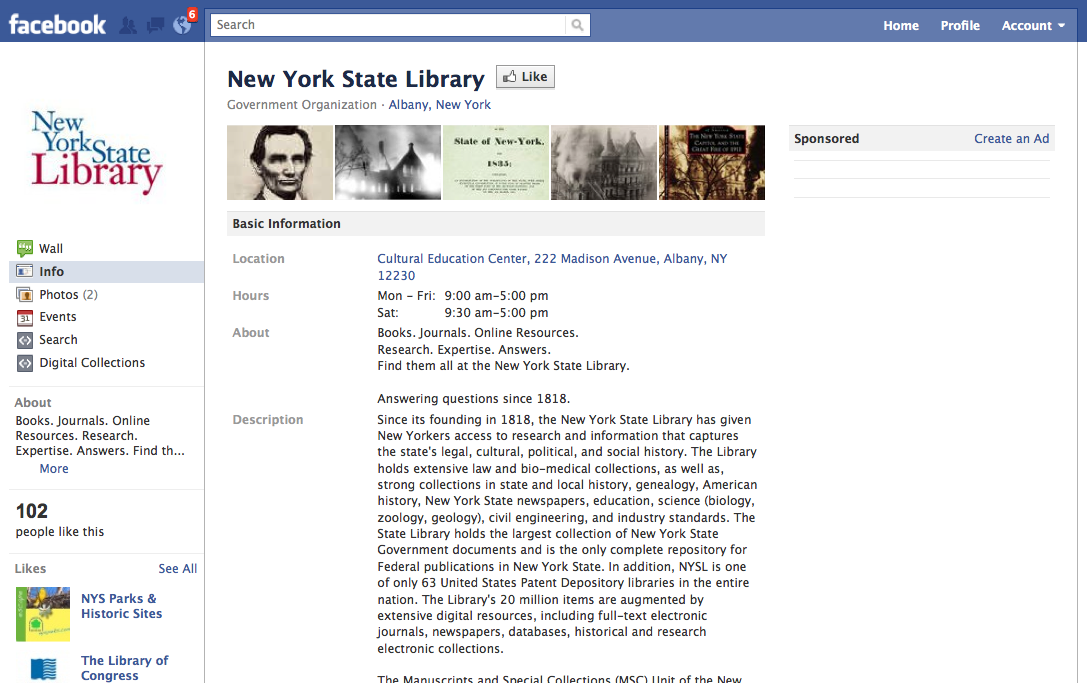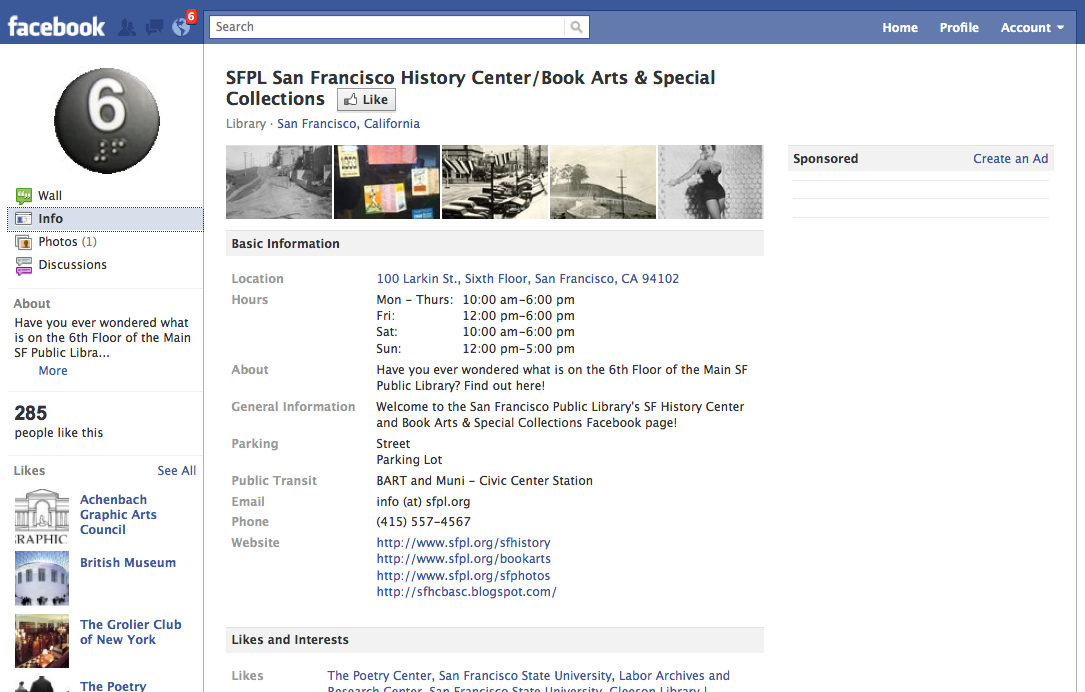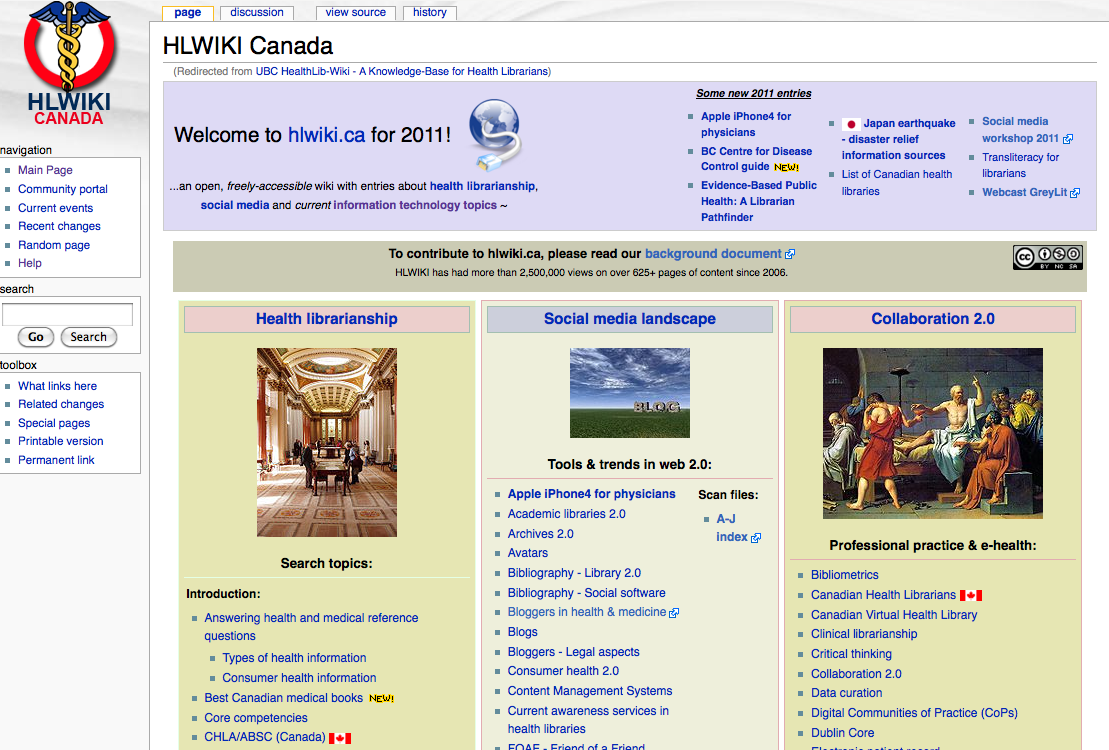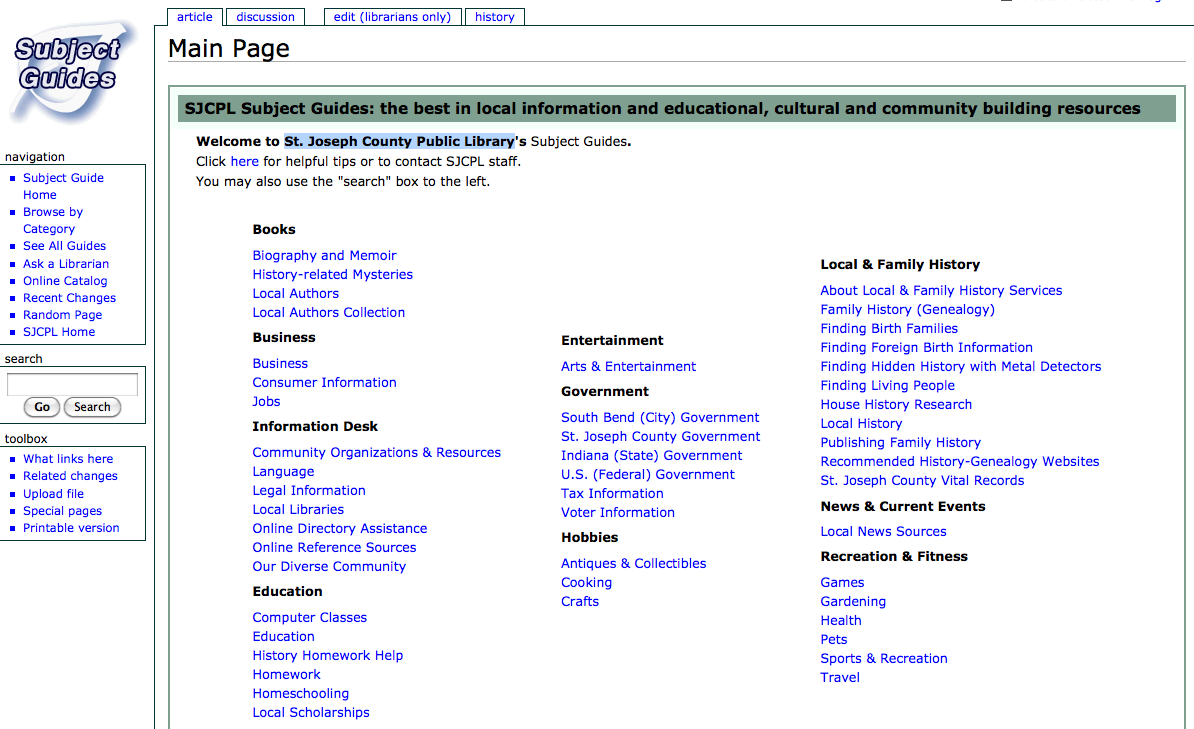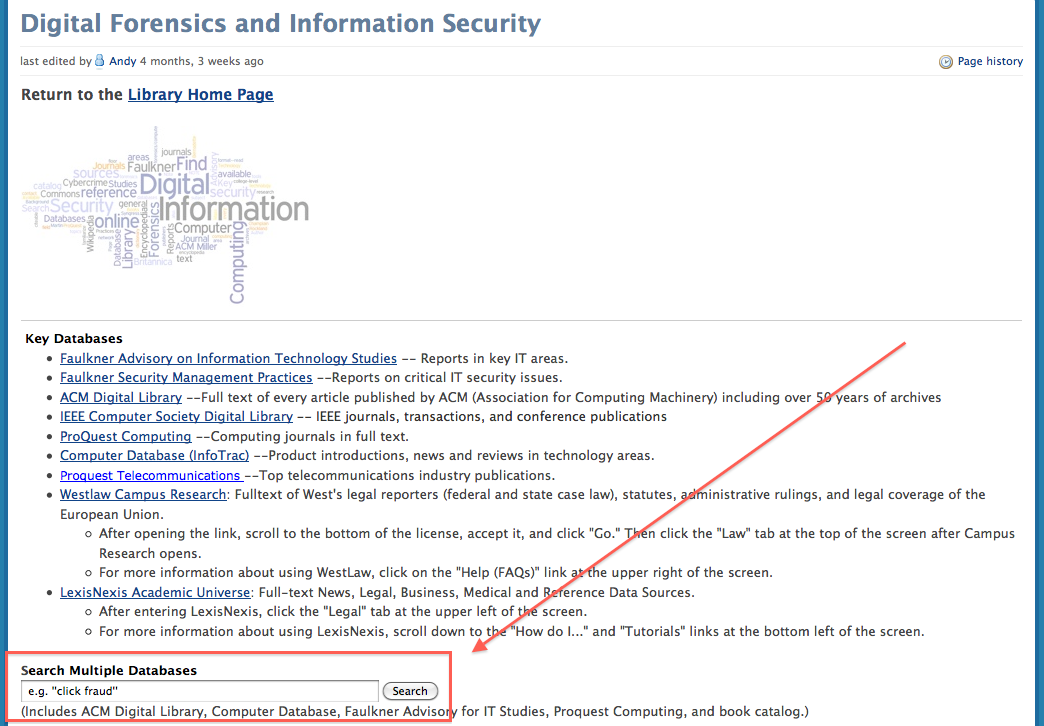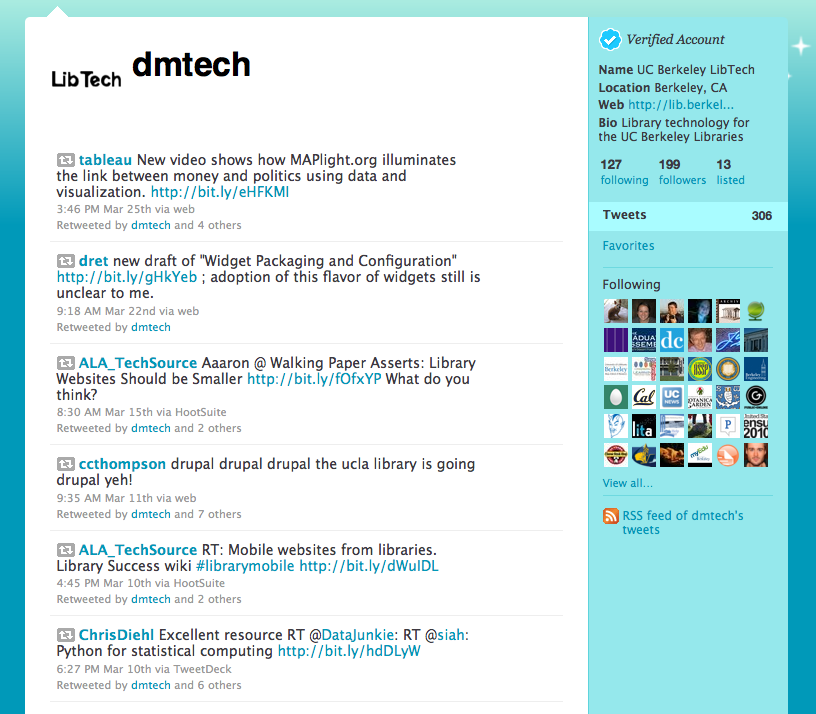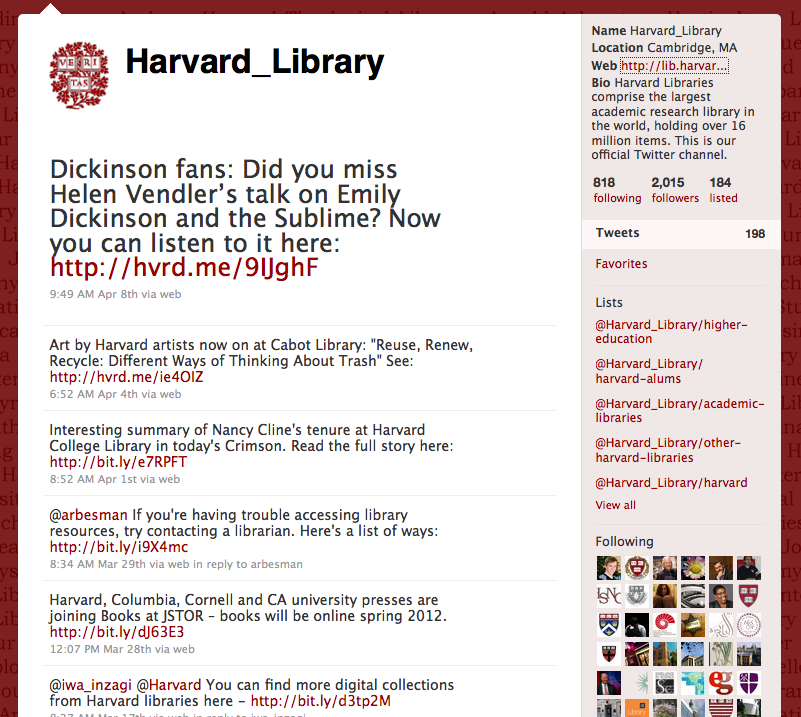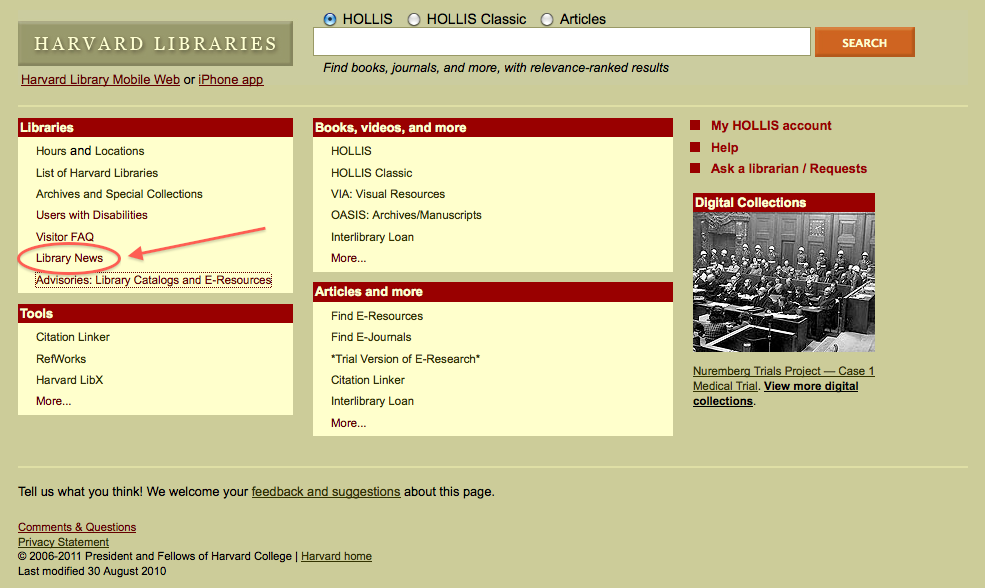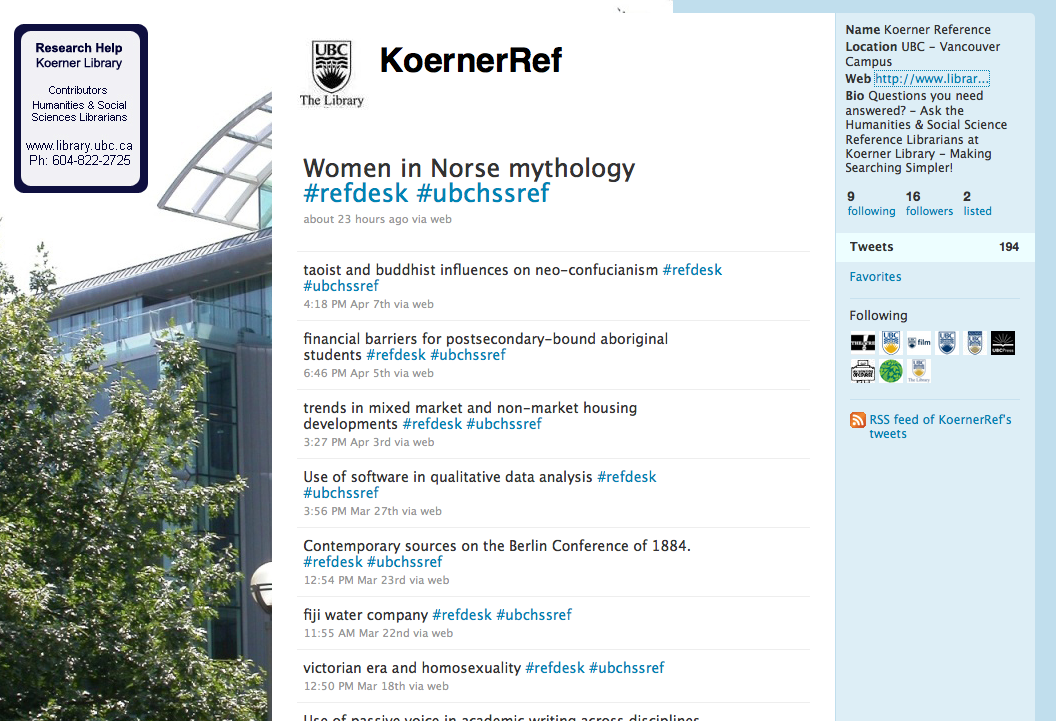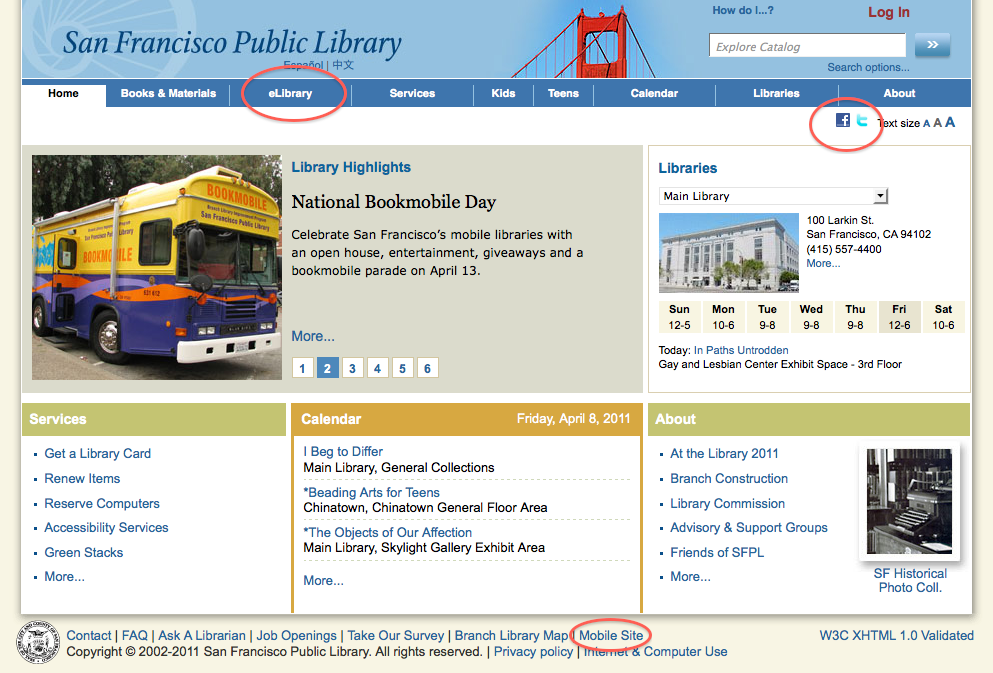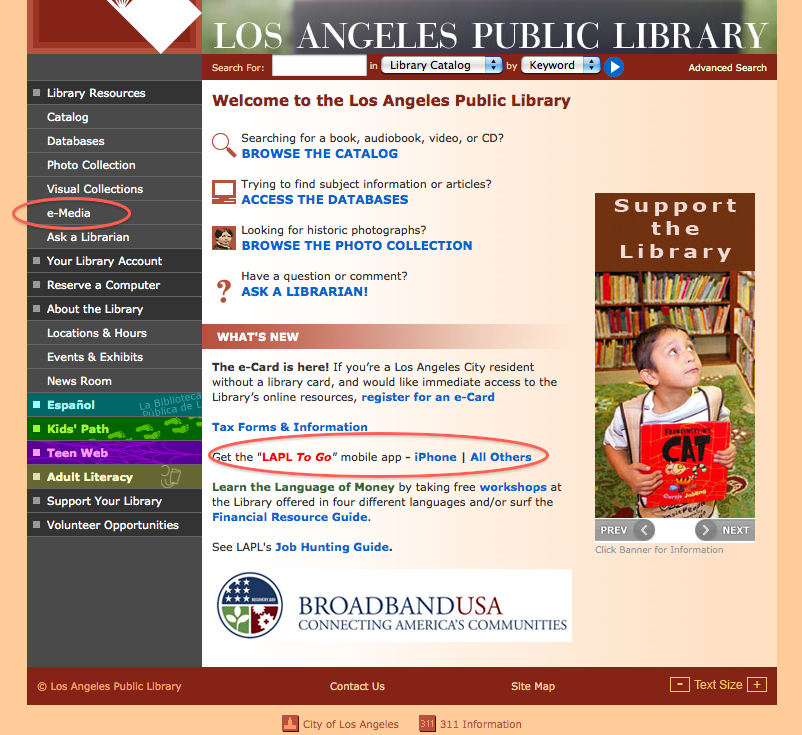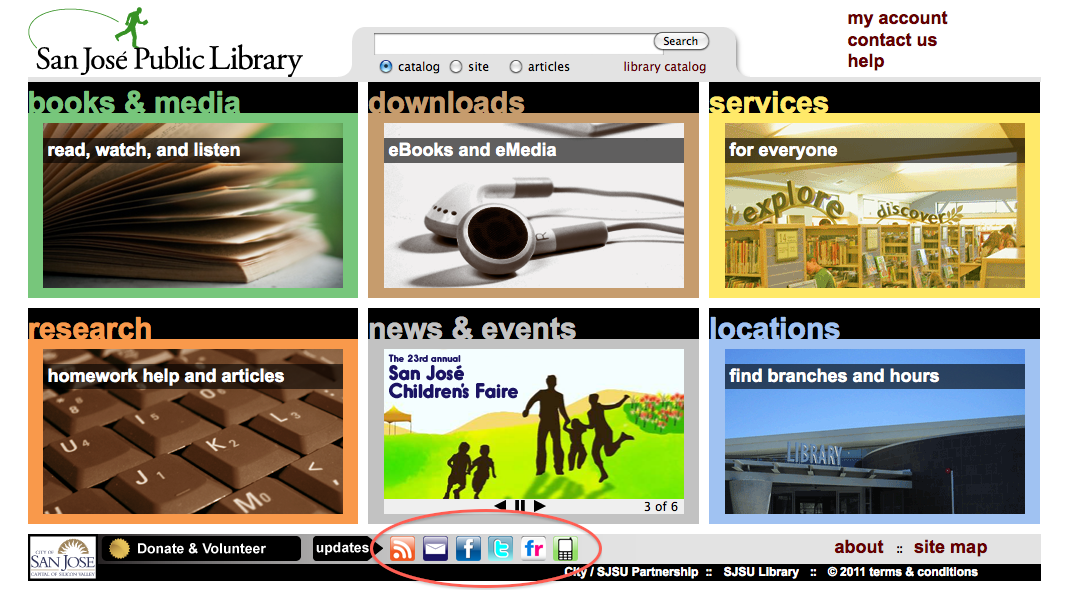What does it mean for libraries to be a part of participatory culture?
In Henry Jenkins’ study titled “Confronting the Challenges of Participatory Culture: Media Education for the 21st Century” he defines participatory culture as:
- a culture with relatively low barriers to artistic expression and civic engagement
- strong support for creating and sharing one’s creations with others
- some type of informal mentorship, where experience is passed along to novices
- members believe their contributions matter
- members feel some degree of social connection with one another
- members believe that they are free to contribute when ready and that what they contribute will be appropriately valued
He goes on to say that participatory cultures can provide new media skills that build on traditional skills of literacy, research, technological competences, and critical analysis, as well as provide collaboration, networking and community involvement.
Although, the version number “2.0” has come to be synonymous with social media, interactivity, participation, engagement, collaboration, and networking in the marketing and online worlds, ultimately I don’t think that the number matters unless the culture, philosophy, and participatory structures are there. For example, in the chapter titled “Participatory Services and the Long Tail” in Library 2.0, Casey & Savastinuk emphasize the need to build participatory tools and mechanisms into the structures of libraries for both users and nonusers, and in this way libraries can harness the power of users to enhance library services. However, it’s important to keep in mind that participatory cultures do not magically appear when libraries add blogs, tagging features, or a Facebook profile to their library website. As Sarah Houghton-Jan, the Librarian in Black, states in “Organization 2.0”:
“Many people treat technology like it’s free like beer but it is really free like kittens…they take maintenance, ongoing effort, and staff time. If you have one person alone who is managing technology for the library, then you’re in a bad space. If that person gets hit by a bus then no one else can take it over and the library is in big trouble. Just doing the hot new thing for the sake of it is not helpful and does not serve our users best … Why does social software fail? The use of social software is not seen as furthering the library’s mission. It’s treated as someone’s pet project. It’s not planned for strategically like other technologies. Once the newness wears off, people are less motivated to contribute.”
It takes work to facilitate and support a participatory culture, not simply social media and Web 2.0 technologies, and unfortunately some libraries seem to be pretty far behind the trend that is quickly becoming a commonplace expectation. As David Lankes strategically argues, libraries and information professionals need to be where the conversation is.
As a young up and coming information professional, I would even go so far as to argue that it isn’t simply a matter of going beyond the “brick and mortar” libraries to where the users are online, it’s about re-structuring libraries to meet a paradigmatic shift in social and cultural expectations. It’s not about catching up with technologies, it’s about training, strategizing, teaching/informing, (re)developing, (re)structuring, and being significant stakeholders in emerging and contemporary information ecologies. Libraries should not need to advertise or convince users that they are “2.0” and instead they should start seriously thinking about how to become fully integrated into the future of participatory cultures.
